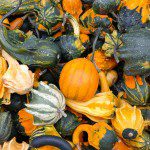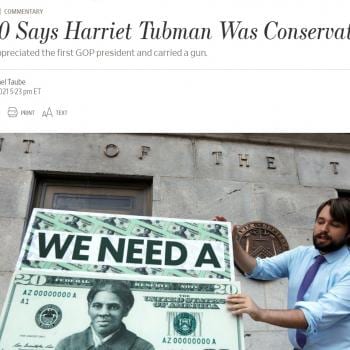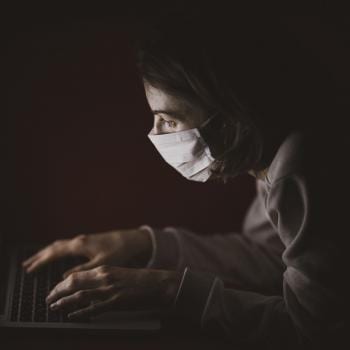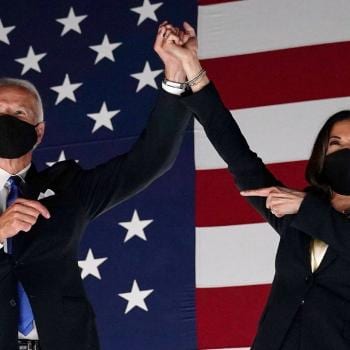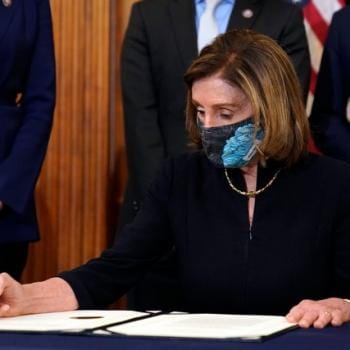There’s been a lot of talk about an uptick in white supremacist graffiti, vandalism, and attacks in the days and weeks since Donald Trump’s election. I’ve read about incidents that occurred in areas I’ve lived, and I’ve heard from friends who have experienced them first-hand. The stories about Hispanic children targeted and bullied in schools are some of the worst—and the Nazi graffiti is chilling. But I want to make sure something isn’t lost in the shuffle—this isn’t new. Oh, certainly, there may be an increase in attacks, and the current outpouring of racism and xenophobia is perhaps more directed at immigrants and Hispanics than in the past. But this isn’t new.
This struck me when I began thinking about my own experiences and communities. For many years, I lived in a blue college town in a red state. Black students coming from a nearby city to attend the university have long made a point not to stop in the rural areas between because of the area’s chilling racist history. But it wasn’t just history. The area between was home to numerous Christian identity churches. This sometimes became a problem at parks on the outskirts of town—while living there, I heard stories of black children chased from playground equipment by white children spouting a mixture of racism and Christianity.
It wasn’t just the rural areas outside of town, either. Our blue college town had its own Ku Klux Klan chapter and its own active and vocal white supremacist student group. The latter group upset professors and students alike with their chalking on campus. And there were incidents. The local Jewish student group had its building vandalized multiple times while we lived there. An acquaintance in an interracial marriage asked me and others to avoid a specific restaurant, because of its owner’s history of racism. A Muslim woman was physically assaulted and had to be hospitalized. And then there were the confederate flags—so ubiquitous that the high school ultimately had to ban students from wearing them to class.
This isn’t new. For too many, this is normal.
Back in 2012, I attended an election night party with some friends of my husband’s. One of those gathered there was gay, and he was most interested in watching referendums on gay marriage. Several passed, and he grew excited—it gave him more options when considering where to move once he finished his graduate degree. Around the same time a trans friend moved, and she had to make a similar deliberation—where could she live where she would be safe? People of color make a similar calculus. They can’t just pick a place on the map and assume they will be safe and welcome. They can’t do that because they might not be.
Check out this excerpt from an article written after the election:
I am sick of being told, as I have my whole life, that middle America is the “real” America, and we “urban” elites just don’t get it because we don’t live there. As if that were our choice. As if we could just live our brown lives, our black lives, our queer lives, in the middle of Trump country. As if that were a safe thing to do.
As if they would welcome us.
When I first read this, I was taken aback—the author can’t actually be suggesting it would be dangerous for her to . . . no wait. Wait wait wait. It would. I brought to mind the incidences I had witnessed or been aware of while living in a blue dot in a sea of rural red for just a few years, and I realized—she’s right. Imagine that, for a moment. Imagine wondering whether it’s wise to stop for gas, or whether the tank will make it to a more urban area. Imagine being constrained in choosing where to live not simply by preference but by necessity.
We’ve been pretending, for a long time now, that we’re not a racist country. What’s tragic is that it took the election of a man willing to appoint actual white supremacists as his advisors for us to collectively realize how very wrong we were.
I have a Patreon! Please support my writing!


